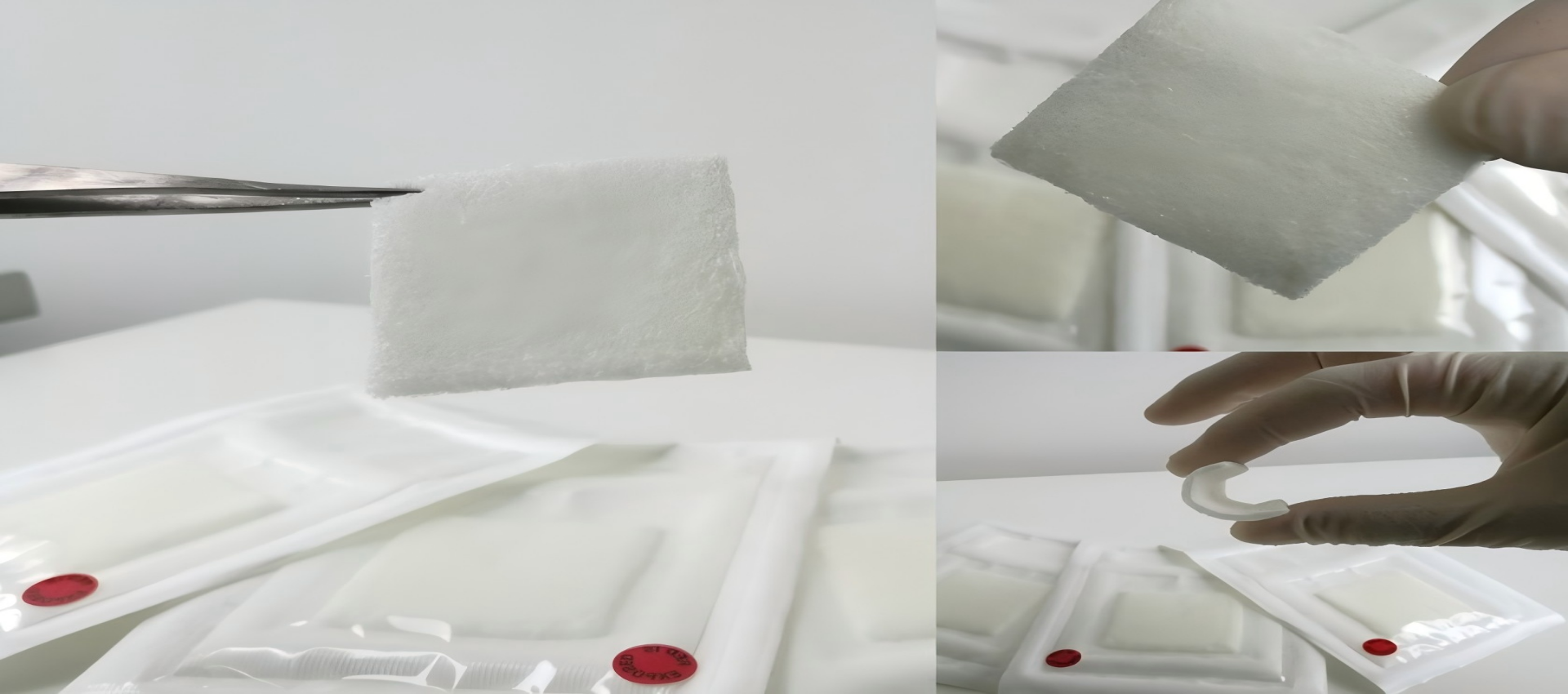
Methyl Hydrogen Silicone Fluid Factory

Methyl Hydrogen Silicone Fluid
Everything you need to know about our products and company
In the quest for greener industrial processes, catalyst innovation has taken center stage. Catalysts drive efficiency in chemical reactions, but their performance often hinges on the carrier material—a component that anchors active sites while influencing stability, reactivity, and environmental impact. Among emerging options, methyl hydrogen silicone fluid (MHF) has emerged as a game-changer, offering a blend of thermal resilience, chemical inertness, and eco-friendliness that positions it as a superior green catalyst carrier. Let’s dive into why this material is gaining traction and how it’s reshaping sustainable catalysis.
Conventional carriers like alumina, silica, or organic polymers have long been staples in catalysis. However, their limitations are becoming harder to ignore:
These challenges have spurred demand for carriers that align with circular economy principles—materials that are not only high-performing but also safe, reusable, and low-waste. Enter methyl hydrogen silicone fluid.
Methyl hydrogen silicone fluid is a linear polysiloxane with a backbone of alternating silicon and oxygen atoms, dotted with methyl (-CH₃) and silanol (-Si-OH) groups. Its unique structure confers properties that make it ideal for catalysis:
Theoretical advantages translate to tangible benefits in industrial settings. Here’s how MHF is already making an impact:
Beyond performance, MHF aligns with global sustainability goals:
While MHF’s potential is clear, optimizing its synthesis for catalytic applications requires specialized expertise. This is where Biyuan—a leader in silicone chemistry—steps in.
For over a decade, Biyuan has focused on refining MHF production processes to enhance its catalytic utility. By fine-tuning polymerization conditions (e.g., controlling molecular weight distribution and silanol content), Biyuan’s MHF products exhibit:
Biyuan’s solutions have been adopted by major chemical manufacturers in Europe and Asia, supporting projects ranging from sustainable polymer production to green chemistry R&D. As one client noted: “Switching to Biyuan’s MHF carriers cut our catalyst replacement costs by 30% while meeting our zero-waste targets.”
As industries prioritize sustainability, methyl hydrogen silicone fluid is poised to become a cornerstone of next-generation catalysis. Its unique blend of performance, safety, and recyclability addresses longstanding pain points in carrier materials—making it not just an alternative, but a superior choice for forward-thinking chemists and engineers.
For those exploring greener catalytic solutions, MHF offers a path to reduce environmental impact without sacrificing efficiency. And with innovators like Biyuan driving material science forward, the future of catalysis looks brighter—and greener—than ever.
Our most popular products loved by customers worldwide
Methyl hydrogen siloxane serves as a multifunctional additive that significantly improves processing characteristics and final properties in silicone rubber applications. This specialized silicone fluid features reactive Si-H groups that enable efficient cross-linking through hydrosilylation reactions with vinyl-functionalized silicone rubbers. .
Medical-grade Methyl hydrogen siloxane serves as a versatile functional material in healthcare applications, combining high purity with reactive Si-H groups for enhanced performance. This specialized silicone fluid enables precise cross-linking in implantable devices, provides controlled drug release matrices, and creates anti-fouling surface coa.
Methyl hydrogen siloxane serves as a versatile functional additive in personal care products, leveraging its unique Si-H reactivity and silicone properties to deliver enhanced performance across various applications. This specialized material acts as an effective cross-linker in hair care products, creating durable yet flexible films that provide.
Methyl hydrogen siloxane serves as a innovative processing aid that enhances both the efficiency of leather manufacturing and the quality of finished products. This reactive silicone fluid improves leather softness and flexibility through effective fiber lubrication and molecular-level modification. Its unique chemical properties enable superior .